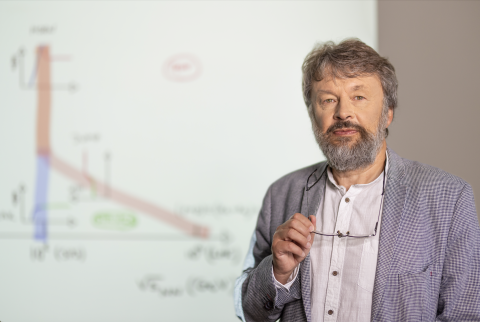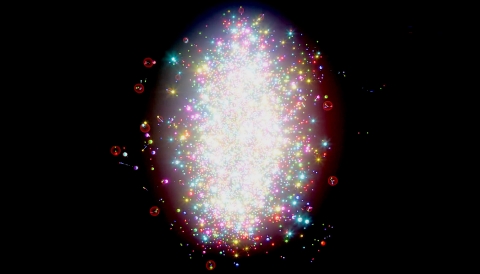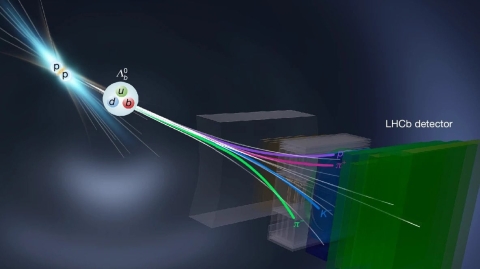July 2025 - September 2025
Marek Gazdzicki: Four Decades at the SPS – and Still Surprised by Strong Interactions
After nearly two decades at the helm of NA61/SHINE, Marek Gazdzicki reflects in this interview on a lifetime at the SPS — from proposing the world’s first two-dimensional scan of nuclear collisions to the unexpected discovery of a large isospin…
Read moreLight ions at the LHC: first results from oxygen–oxygen and neon–neon collisions
This summer, the Large Hadron Collider (LHC) delivered its first-ever collisions between light ions, opening a new chapter in the study of nuclear structure and the quark–gluon plasma (QGP) – the extreme state of matter that existed in the first…
Read moreThe Asymmetry of the Universe: First Observation of CP Violation in Baryons
“What is that which always is and has no becoming, and what is that which becomes and never is?” — Plato, Timaeus 27d–28a It may sound like pure philosophy, yet for physicists it speaks to one of the most profound mysteries in physics: the matter–…
Read morePhysics Briefing Book Released: A Key Step Toward the 2026 Update of the European Strategy for Particle Physics
The Physics Briefing Book, a cornerstone document guiding the 2026 Update of the European Strategy for Particle Physics (ESPP), has been released by the Physics Preparatory Group (PPG) and is now available online. 🔗 Read the Physics Briefing Book…
Read moreATLAS explores the quark–gluon plasma with light-ion collisions
In July 2025, ATLAS recorded the first-ever collisions of light ions at the LHC — oxygen–oxygen (O–O) and neon–neon (Ne–Ne) — marking a new phase in the study of strongly interacting matter. These short, intense runs provided a unique opportunity to…
Read moreA word from the EP Deputy Department Head - October 2025
It is my pleasure to introduce this latest issue of the EP newsletter, full of fascinating articles drawn from the breadth of activities going on in the CERN EP department and beyond. As the weather turns colder and we begin to look towards the end…
Read moreLHCb explores new physics in special light-ion LHC runs
The LHC carried out a special run programme early summer. First results were reported by the ALICE, ATLAS, CMS and LHCb experiments at the Initial Stages of High-Energy Nuclear Collisions conference. These results were also presented at a…
Read moreCMS explores light-ion collisions: suppression, scaling, and collectivity
The CMS experiment has reported first results from the LHC’s dedicated oxygen–oxygen (O–O) and neon–neon (Ne–Ne) collision run, offering an unprecedented look at quark–gluon plasma (QGP) formation in light-ion systems. These studies address long-…
Read moreEDIT Instrumentation Schools: Preparing the Next Generation of Detector Experts
The Excellence in Detector and Instrumentation Technologies (EDIT) Schools are an established series of international training events dedicated to young researchers – graduate students and early-career postdocs – who want to deepen their knowledge…
Read moreAerogel RICH detector for the future ALICE 3 PID system at LHC
For the LHC Runs 5, starting in 2036, the ALICE collaboration is proposing a new apparatus, ALICE 3 (CDS record), to further investigate the properties of Quark–Gluon Plasma (QGP) following the physics measurement campaign of LHC Runs…
Read more








